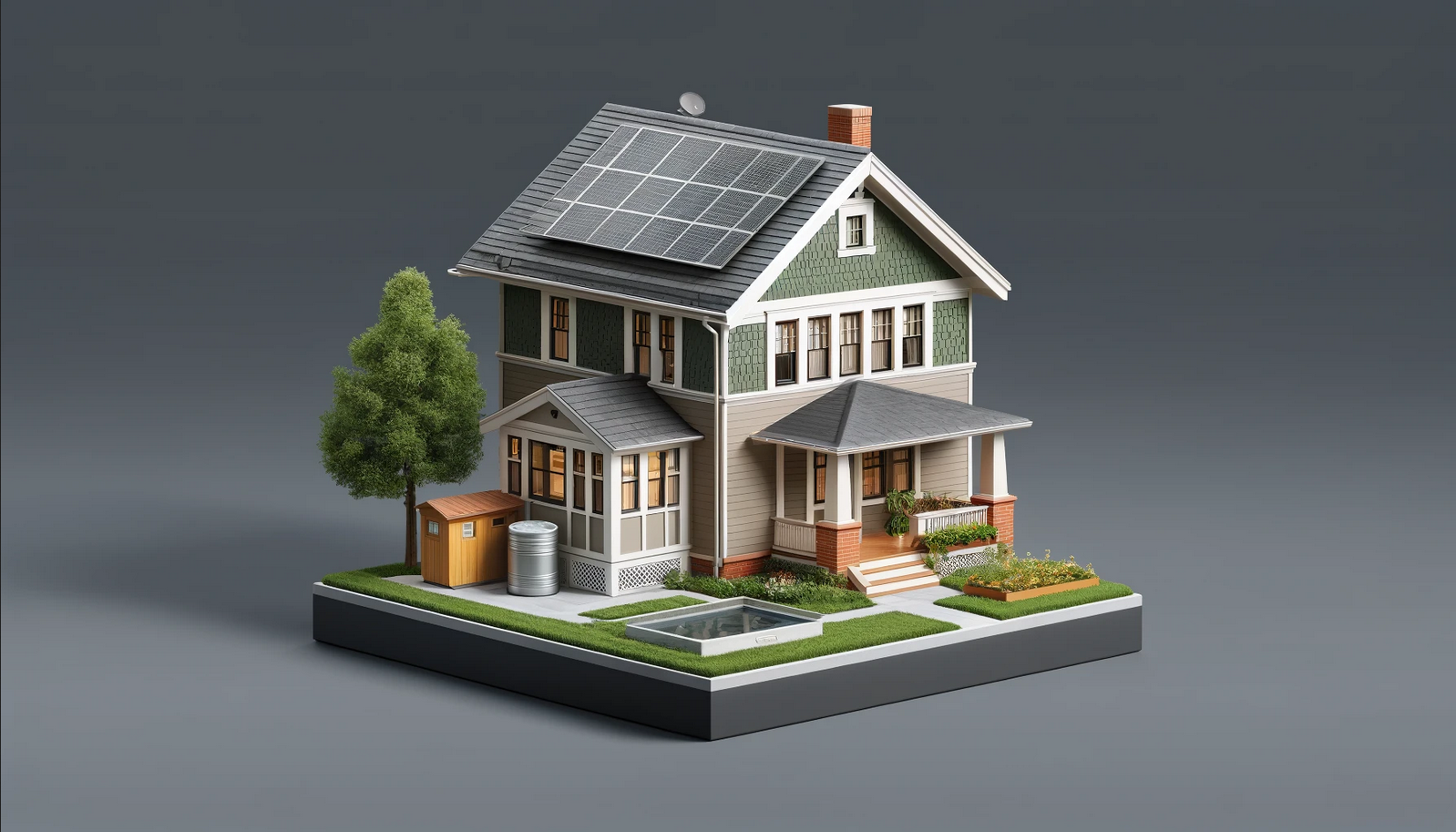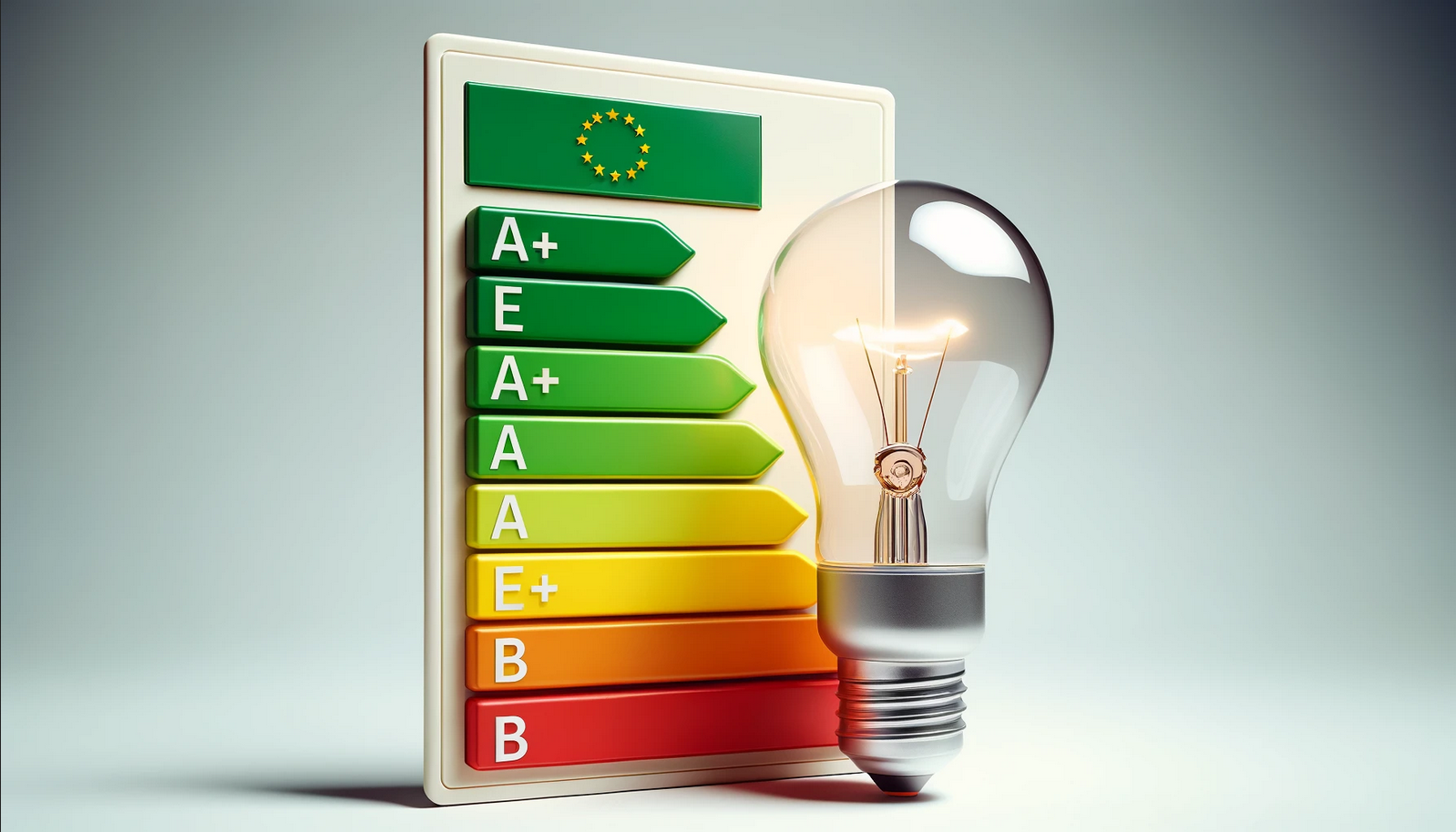What is a BER Rating?
A Building Energy Rating (BER) serves as an indicator of a home's energy performance, encompassing assessments of energy consumption for space heating, water heating, ventilation, and lighting based on standard occupancy metrics. Insulation levels are particularly significant in this assessment, as they can dramatically affect the rating by influencing the building's overall energy efficiency.
Think of a Building Energy Rating (BER) as akin to the energy label affixed to household electrical appliances, much like the one on your fridge. This label employs a scale ranging from A to G, where A-rated homes are deemed the most energy-efficient, typically resulting in lower energy bills.
Since January 1, 2009, it has become mandatory for all homes offered for sale or rent to possess a BER certificate. Whether you're in the process of purchasing or renting a house or apartment, you have the right to request a BER Cert—simply approach the seller, landlord, or agent to obtain this essential certification.
Frequently Asked Questions
Why do I need a BER Certificate?
A Building Energy Rating (BER) is essential in Ireland for evaluating a property's energy efficiency, required legally for selling or renting properties, and necessary for securing SEAI grants for energy upgrades. It also ensures new constructions and significant renovations meet energy performance standards, playing a key role in real estate transactions and energy compliance.
How long does a BER Certificate last?
BER Certificates last for 10 years.
What happens during the BER assesment?
During a BER assessment, an assessor needs about an hour to access the property. Required documentation includes a recent ESB bill with MPRN, proof of the property’s original construction date, any relevant plans, drawings, specifications, or construction photos, and details of any modifications such as new boilers, added insulation, or wood-burning stoves.
How is a BER Calculated?
A BER is calculated using the DEAP software, which considers the overall surface area of floors, walls, and ceilings, insulation levels, and the U values of windows and doors. It also accounts for renewable energy sources like heat pumps, solar thermal, and solar PV. The outcome is a BER Certificate, indicating the building’s current energy efficiency, and an Advisory Report suggesting efficiency upgrades.

